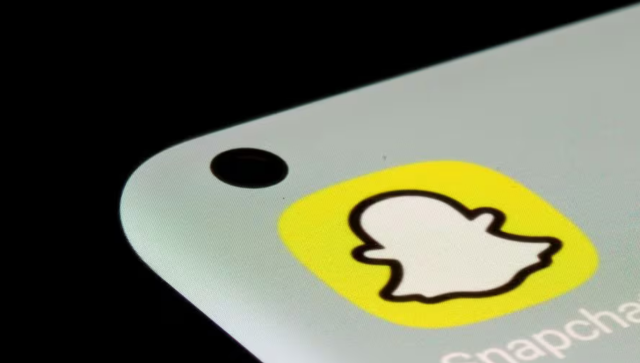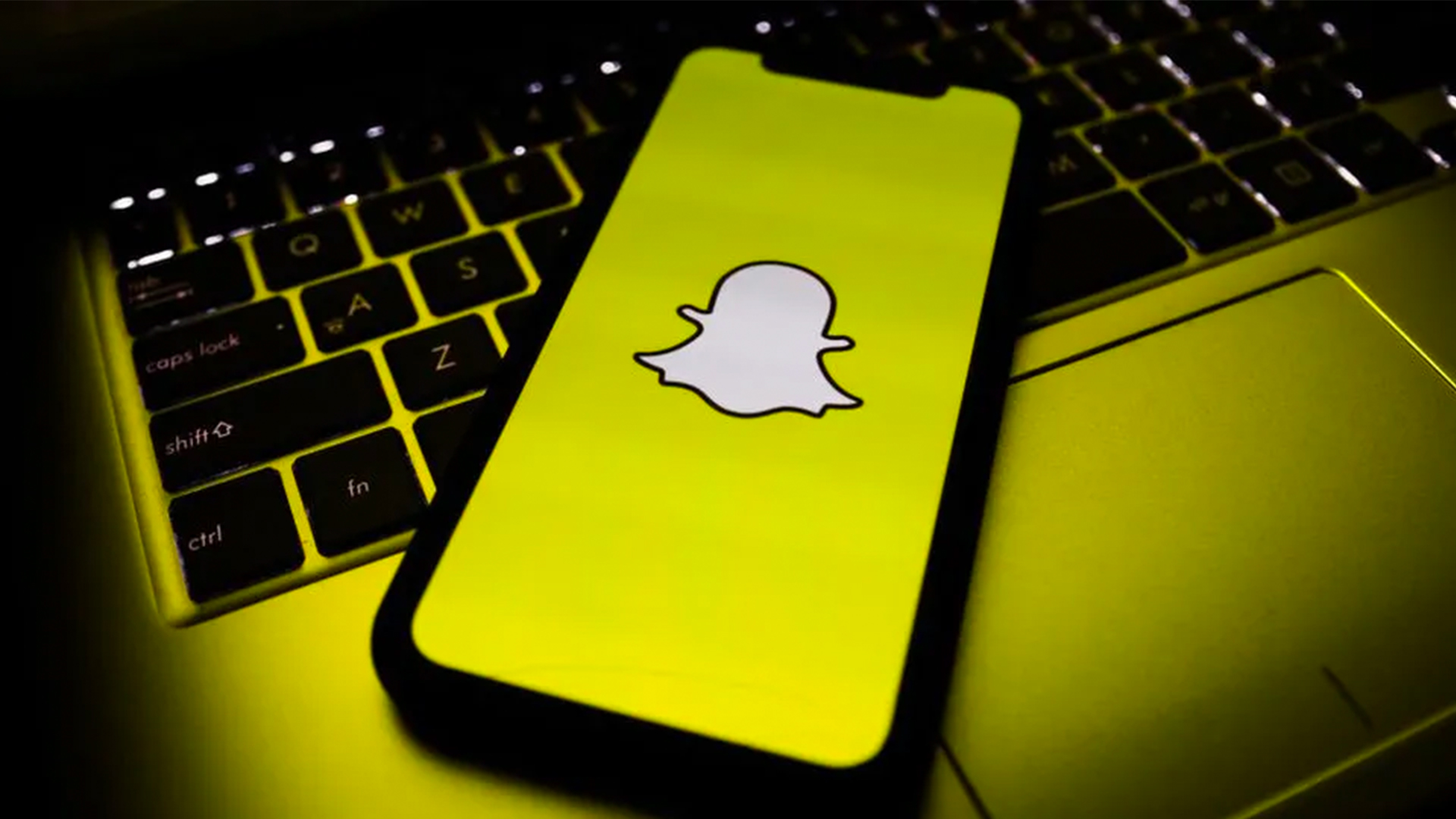Everyone has been ranting about it. That we should kill it at its roots. That we should eradicate it. Even Facebook’s Mark Zuckerberg said that his company had “made serious progress, but there is more work to be done.” Germany for instance has been combatting it for long and recently even announced that it would like every online entity that operates in the country to set up an office to tackle it as well. We are talking of the plague that has grown out of the internet in recent years and it’s called fake news.
So far attempts at keeping the issue of fake news at bay either include an uphill battle (that never seems to end) like what Facebook is currently up to or you could simply put up a walled garden , and wipe out all external influences like what happens in China. For now both seem to well… not work out exactly as intended and often come at a cost.
So when you have a brand new budding social network like Snapchat, that has yet to reach its full potential, you kind of forsee the plague that has eaten into your competitors and you want to change it. On Monday, the New York Times reported that Snapchat did just that when it set new guidelines for its publishers on Discover, protecting not just its users, but itself in the bargain.
The new guidelines lay down some strict rules for publishers on Discover and they are pretty impressive. Additionally the network also announced that it would be adding a new tool that would allow publishers to age-gate content, making Snapchat fun and safe (for its impressionable audience) at the same time.
But firstly, what is Snapchat after?
Well, it’s not just painstakingly written fake articles that have been strategically placed to bring down someone’s image, or mock a brand, or shame a company or religion that seems to have done nothing wrong. It’s more than that.
Fake news even includes misleading news pieces or clickbait pieces. Show the picture of a hot girl in a bikini with an article that talks about an insurance scheme or the usual “learn how she makes so much money by just working from home”.
They are dumb, misleading and while many of us avoid them, online entities have learned to trick people into clicking on them and monetising them. In fact, even a misleading title or over-sexualized images would not qualify to make it on to Snapchat keeping in mind the new guidelines. Add to this oodles of new age controls for publishers that should give teens a safer Snapchat experience and you have an utopia of social network at your disposal.
Why fake news?
You see, fake news is a double edged sword, and by that I mean that it works both ways.
For Facebook, everyone now knows that its content cannot be trusted, just like WhatsApp which has recently grown into a network of fake news and spreading rumours. But those who push out fake news on Facebook know that there will always be new users who will click, read and share the post like Facebook was their bible.
Clearly, Facebook and more importantly, WhatsApp are becoming the status symbols of fake news and will in all probability continue to gain popularity thanks to the number of new users both platforms seem to be hogging it up, which again fuels the fake news problems.
In short, it appears to be a vicious circle, one that is hard to get out of unless you are willing to change the way you operate and of course, lose out on a few customers (nobody wants that).
Right now, Snapchat stands tall with a sword and a shield to combat fake news will not just get it more users, but also attract publishers who want to stick to what is right. As you can see, the stars have aligned and everything for now with Snapchat indeed seems like a win-win with plenty of potential that should make it look good not just for users, but even in front of potential investors.
Snapchat, thanks to its teenager like mentality (with the mind of an adult) is using the fake news scenario to get something far better. It is still young at 150 million users and it is growing, which makes perfect sense to set the right guidelines in place at time when it can choose to modify them. More importantly Snap Inc., has an IPO on the horizon, where the company seeks to raise as much as $4 billion, which makes the whole fake news deal a timely fix.
)
)
)
)
)